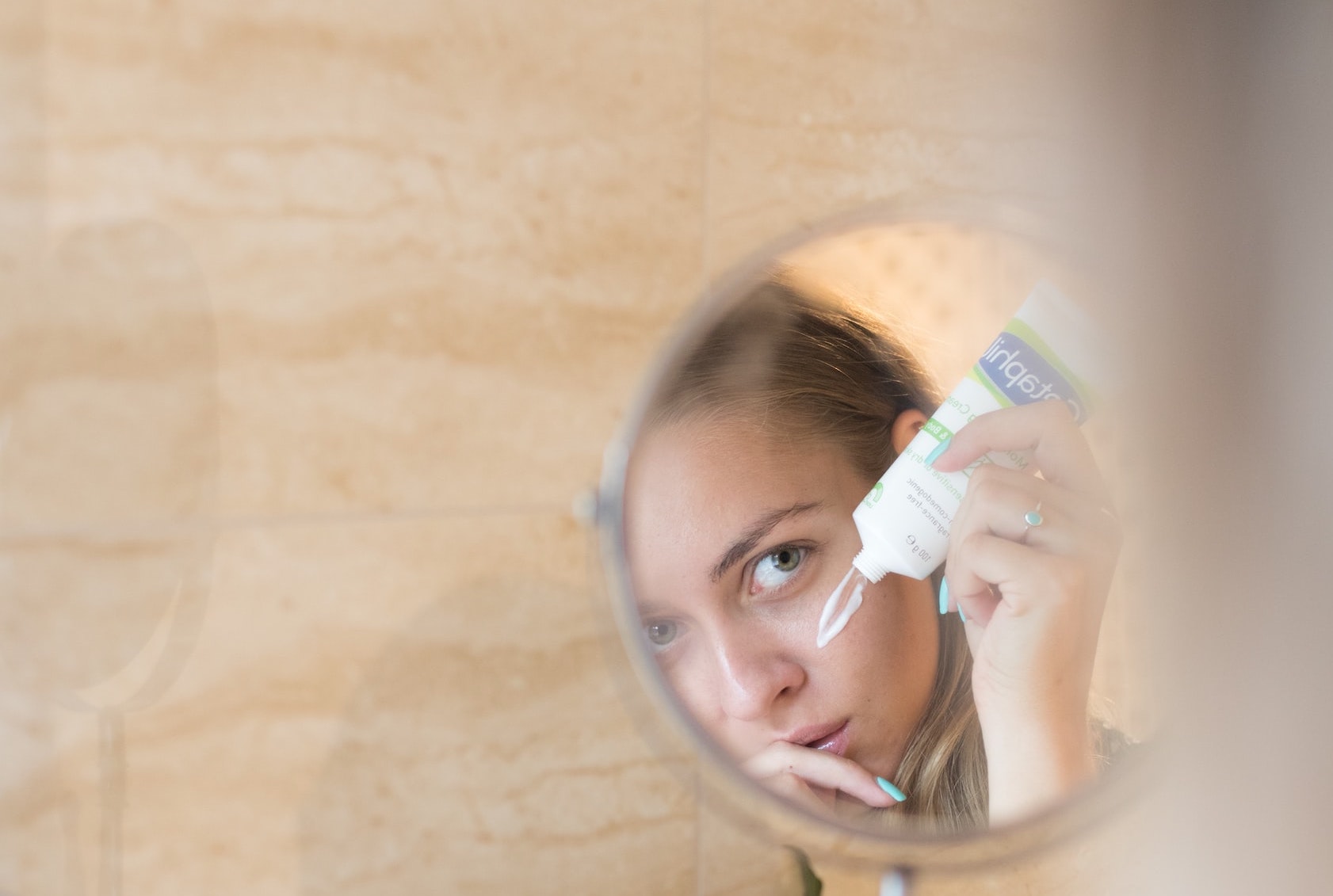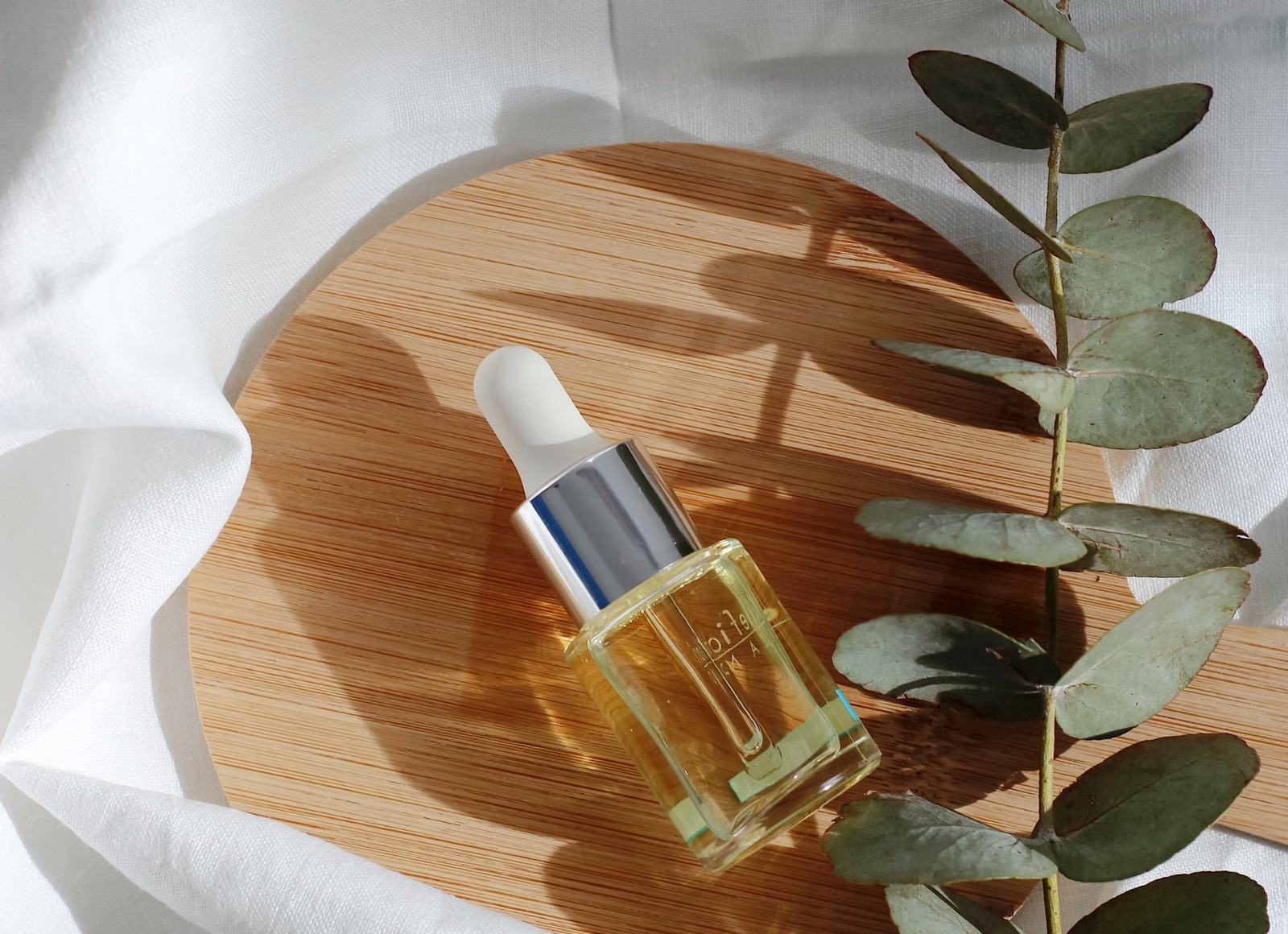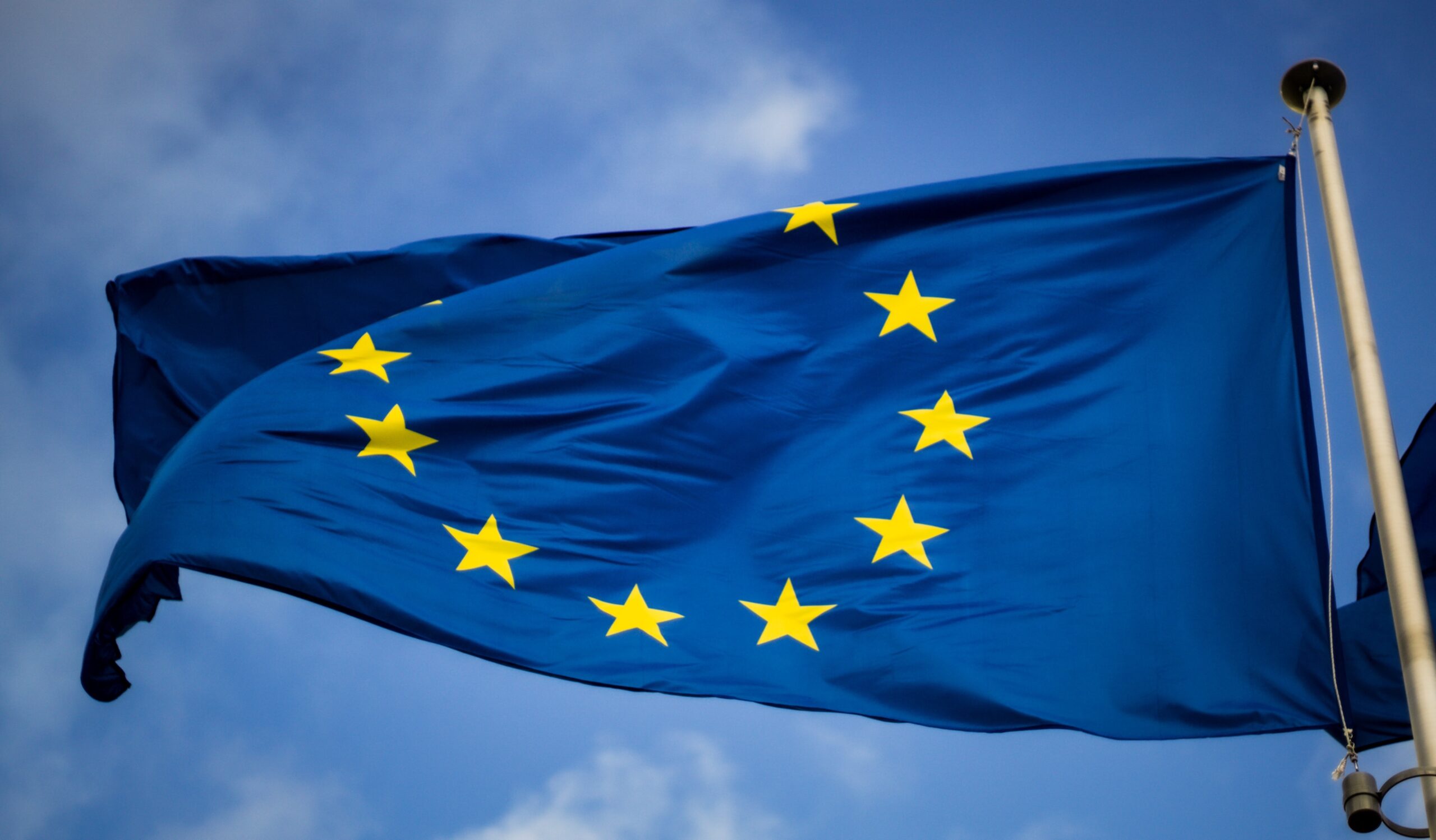What’s new?
On 21 May 2025, the European Commission notified the World Trade Organization (WTO) about draft Omnibus Act VIII, proposing amendments to Annexes II, III, IV, and V of the EU Cosmetics Regulation. This act implements Delegated Regulation (EU) 2024/2564, introducing newly classified CMR (Carcinogenic, Mutagenic or toxic for Reproduction) substances, and incorporates the SCCS’s findings on ingredient safety.
Amendments to Annex II – List of substances prohibited in cosmetic products
Entry 1397 have been updated to include:
- Perboric acid (H3BO2(O2)), monosodium salt trihydrate [1] – CAS 13517-20-9
- Perboric acid, sodium salt, tetrahydrate [2] – CAS 37244-98-7
- Perboric acid (HBO(O2)), sodium salt, tetrahydrate [3] – CAS 10486-00-7
- Sodium peroxoborate, hexahydrate [4]
- Sodium perborate [5] – CAS 15120-21-5
- Sodium peroxometaborate; sodium peroxoborate [6] – CAS 7632-04-4 / 10332-33-9 / 10486-00-7
- Perboric acid, sodium salt [7] – CAS 11138-47-9
- Perboric acid, sodium salt, monohydrate [8] – CAS 12040-72-1, EC 234-390-0
- Perboric acid (HBO(O2)), sodium salt, monohydrate [9] – CAS 10332-33-9
Entry 1727 has been amended to include:
- Silver (nano) [1 nm < particle diameter ≤ 100 nm] – CAS 7440-22-4
- Silver (massive) [particle diameter ≥ 1 mm] – CAS 7440-22-4
Additionally, the following substances will be added to Annex II:
- Multi-Walled Carbon Tubes (synthetic graphite in tubular shape) with a geometric tube diameter range ≥ 30 nm to < 3 µm and a length ≥ 5 µm, including Multi-Walled Carbon Nanotubes (MWCNT)
- Reaction mass of 1,3-dioxan-5-ol and 1,3-dioxolan-4-ylmethanol
- Acetone oxime – CAS 127-06-0
- 2-(Dimethylamino)-2-[(4-methylphenyl)methyl]-1-[4-(morpholin-4-yl)phenyl]butan-1-one – CAS 119344-86-4
- 2,3-Epoxypropyl neodecanoate – CAS 26761-45-5
- Benthiavalicarb-isopropyl (ISO) – CAS 177406-68-7
- 7-Oxabicyclo[4.1.0]hept-3-ylmethyl 7-oxabicyclo[4.1.0]heptane-3-carboxylate – CAS 2386-87-0
- Sodium 3-(allyloxy)-2-hydroxypropanesulphonate – CAS 52556-42-0
- 1,4-Dichloro-2-nitrobenzene – CAS 89-61-2
- Fenpropidin (ISO) – CAS 67306-00-7
- N,N’-Methylenediacrylamide – CAS 110-26-9
- Tert-butyl 2-ethylperoxyhexanoate – CAS 3006-82-4
- Trimethyl borate – CAS 121-43-7
- S-Metolachlor (ISO) – CAS 87392-12-9
- Pyraclostrobin (ISO) – CAS 175013-18-0
Amendments to Annex III – List of substances restricted in cosmetic products
The following entries have been added to Annex III:
- Silver (powder) [100 nm < particle diameter < 1 mm] – CAS 7440-22-4
- (a) Toothpaste: Maximum concentration 0.05%
- (b) Mouthwash: Maximum concentration 0.05%
- Hexyl 2-hydroxybenzoate (Hexyl Salicylate) – CAS 6259-76-3
- (a) Hydroalcoholic-based fragrances: Maximum concentration 2%
- (b) All rinse-off products (except for shower gel, hand wash, hair conditioner and shampoo intended for children under 3 years of age): Maximum concentration 0.5%
- (c) All leave-on products (except hair conditioner, body lotion, face cream, hand cream, lipstick/lip balm and fragrance products intended for children below 3 years of age): Maximum concentration 0.3%
- (d) Toothpaste: Maximum concentration 0.001%
- (e) Mouthwash: Maximum concentration 0.001%
- (f) Shower gel, hand wash, shampoo, hair conditioner, body, face and hand (skin) care products, lipstick/lip balm and fragrance products intended for children below 3 years of age: Maximum concentration 0.1%
Amendments to Annex IV – List of colourants allowed in cosmetic products
Entry 42 of Annex IV is updated as follows:
- Silver (powder) [100 nm < particle diameter < 1 mm] – CAS 7440-22-4
- (a) Lip products: Maximum concentration 0.2%
- (b) Eye shadow: Maximum concentration 0.2%
Amendments to Annex V – List of preservatives allowed in cosmetic products
Entry 7 of Annex V is updated as follows:
- Biphenyl-2-ol; 2-Phenylphenol; 2-Hydroxybiphenyl (o-Phenylphenol) – CAS 90-43-7
- Sodium 2-Biphenylolate; Sodium o-Phenylphenate – CAS 132-27-4
- (a) Rinse-off products: Maximum concentration 0.2% (as phenol)
- (b) Leave-on products: Maximum concentration 0.15% (as phenol)
- Combined concentration must not exceed 0.2% in rinse-off and 0.15% in leave-on products.
- Not to be used in products with potential inhalation exposure or in oral products.
- The label should bear the following wording: “Avoid contact with eyes”.
What now?
The draft is open for public comments until July 20 2025.
Omnibus Act VIII will apply from 1 May 2026, with no distinction between placing on the market and making available, requiring withdrawal of non-compliant products before this date.







